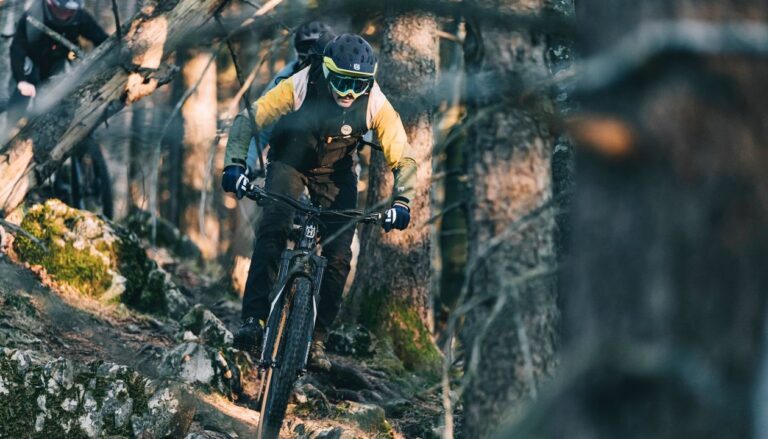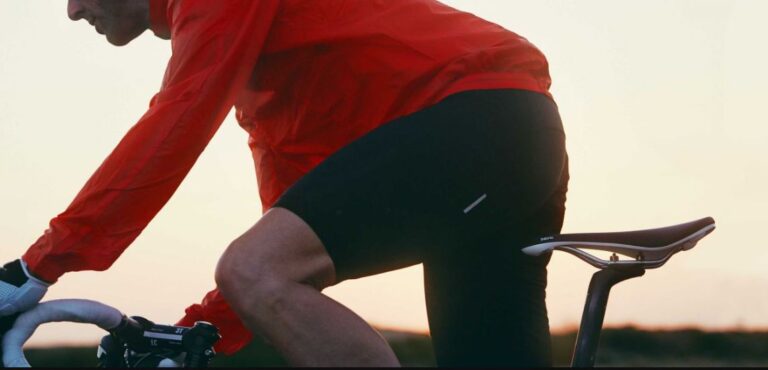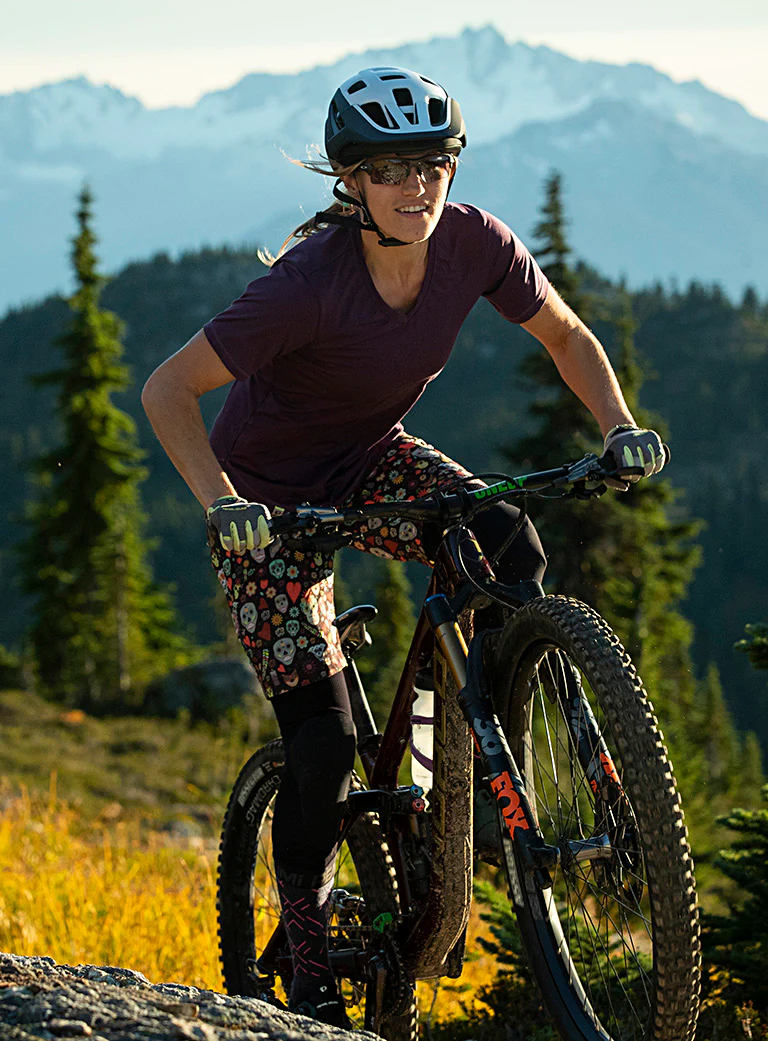Comfort Meets Innovation: The Role of Cut Outs in Road Bike Saddles
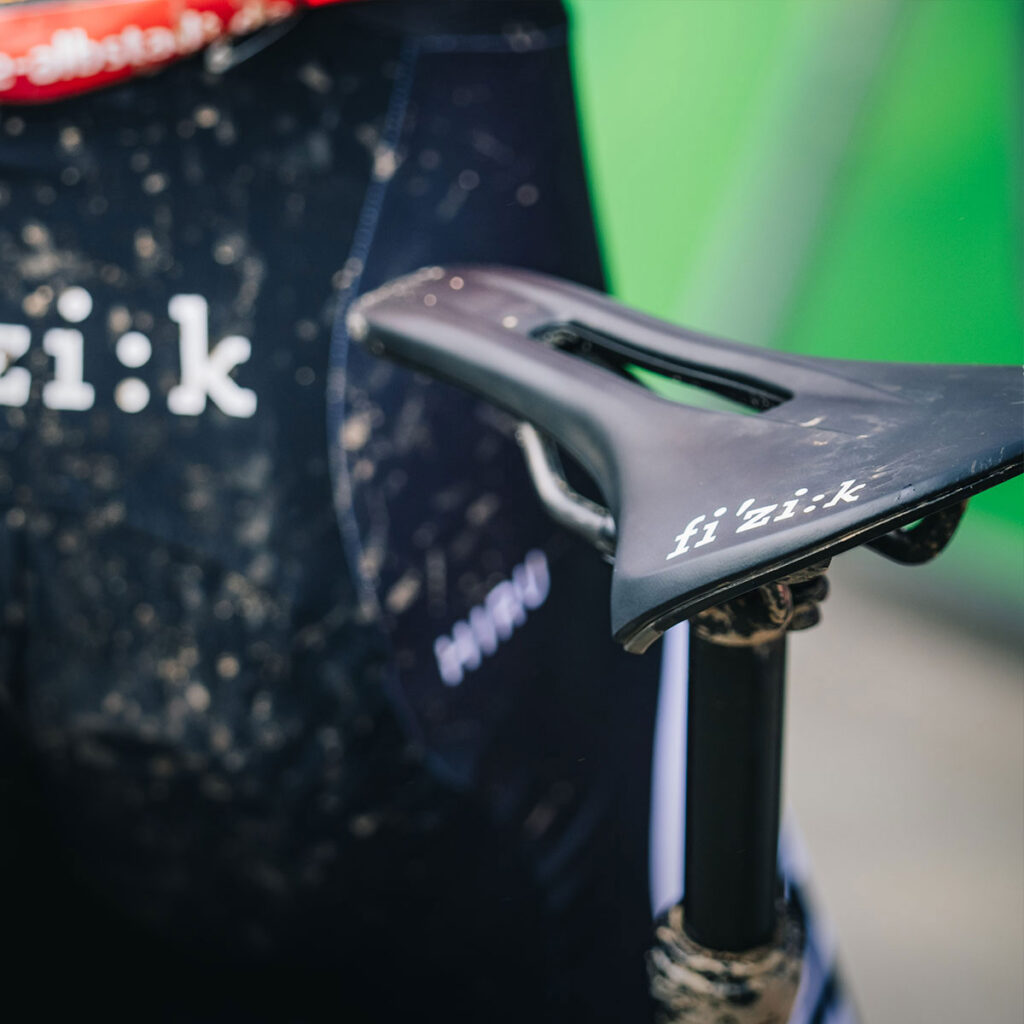
Key Point Summary of The Role of Cut Outs in Road Bike Saddles:
- Pressure Relief: Cut-outs are designed to alleviate pressure on sensitive areas, enhancing rider comfort.
- Improved Blood Flow: By reducing pressure, cut-outs help maintain better blood flow during rides.
- Tailored Fit: Saddles with cut-outs come in various shapes and sizes, offering a more personalized fit for different riders.
- Design Considerations: Not all cut-outs are the same, and their effectiveness can depend on the overall saddle design and individual rider anatomy.
Cycling, with its myriad forms from mountain biking to gravel grinding and cyclocross, has been a significant part of my life for many years. Among the lessons learned, understanding the intricate details of cycling gear, especially saddles, stands out for its direct impact on comfort and performance. A well-designed saddle is crucial for any cyclist, but it’s the introduction of cut-outs in road bike saddles that has revolutionized our approach to managing comfort and reducing pressure over long and often arduous rides. Let’s explore the role of cut-outs in road bike saddles and how they contribute to a better riding experience.

The Evolution of Cut-outs
The development of cut-outs in road bike saddles represents a significant advancement in cycling ergonomics. Initially, saddles were designed with a one-size-fits-all approach, often leading to discomfort due to pressure on the perineal area. The introduction of cut-outs stemmed from the need to alleviate this pressure, especially pertinent for road cyclists who spend extended periods in the saddle.
How Cut-outs Enhance Comfort
Cut-outs serve a pivotal role in redistributing the rider’s weight away from sensitive tissues. By removing material from the saddle’s center, the design minimizes pressure on the perineal region, which houses nerves and blood vessels critical to comfort. This reduction in pressure not only enhances immediate comfort but also helps prevent long-term health issues related to reduced blood flow and nerve compression.
Design Matters
The effectiveness of a cut-out is not solely determined by its presence but by its design and integration into the saddle’s overall ergonomics. The shape, size, and placement of the cut-out need to correspond to the rider’s anatomy to provide genuine relief. Moreover, the saddle’s width, curvature, and padding all play roles in how well the cut-out functions in pressure relief.
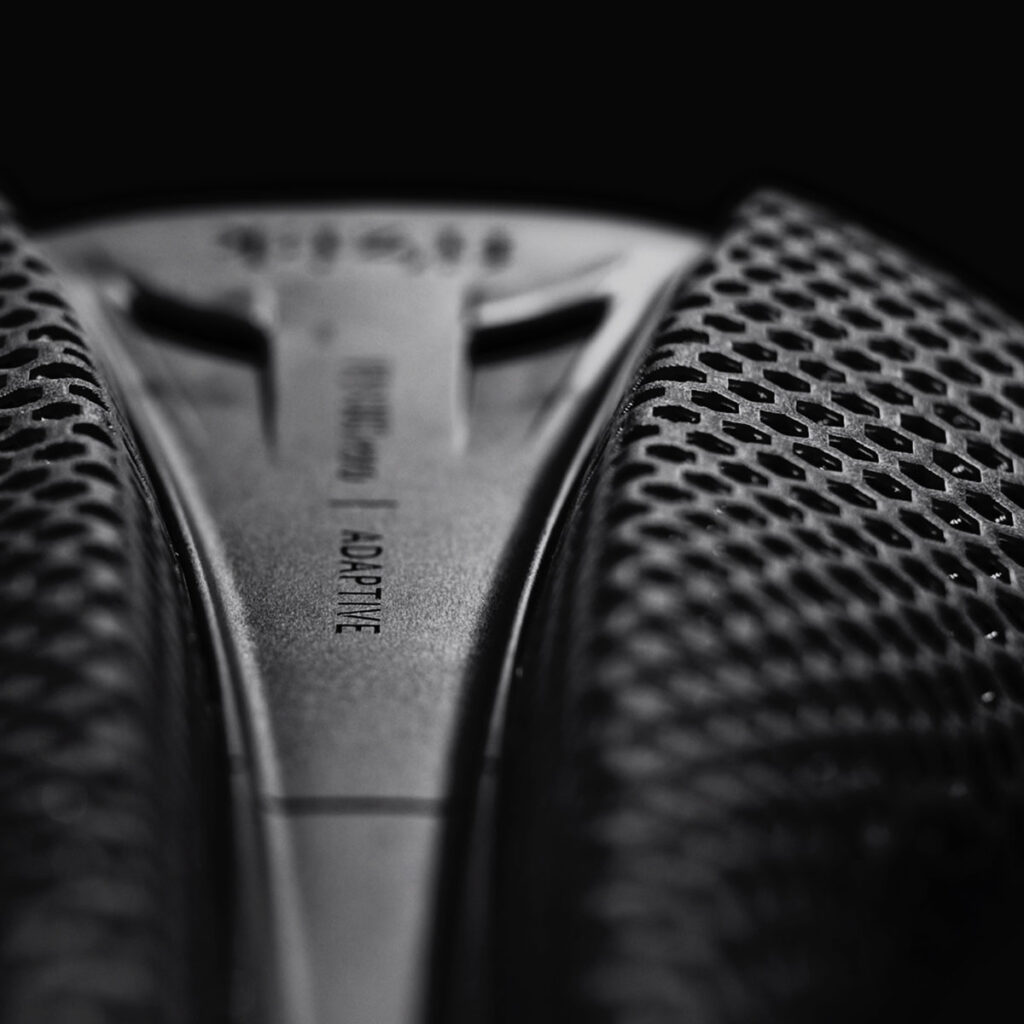
Considerations for Choosing a Saddle with a Cut-out
While cut-outs can provide significant benefits, they’re not a universal solution for all riders. The choice to use a saddle with a cut-out should consider individual riding style, anatomy, and personal comfort preferences. Some riders might find a saddle with a flexible shell or alternative pressure relief methods, such as gel inserts or foam padding, more comfortable.
The Role of Cut Outs in Road Bike Saddles: In Conclusion
The role of cut-outs in road bike saddles is a testament to the cycling industry’s ongoing efforts to improve rider comfort and performance. By understanding the principles behind saddle design and how cut-outs can alleviate pressure, cyclists are better equipped to choose a saddle that supports their health and enhances their riding experience. Whether you’re a seasoned racer or a cycling enthusiast, the right saddle can make all the difference in your journey on the road.

Fizik Antares Versus Evo R1 Adaptive saddle is another top choice among road bike saddles with a cut-out, known for its innovative approach to comfort and pressure relief.
Fizik Antares Versus Evo R1 Adaptive
- Adaptive Padding Technology: This saddle features Fizik’s Adaptive padding, created using 3D-printed technology to offer zoned support and pressure relief where it’s needed most, adapting dynamically to a rider’s movement.
- Central Cut-out Design: The Versus Evo R1 Adaptive includes a central cut-out that effectively reduces pressure on sensitive areas, enhancing rider comfort during long and intense rides.
- Carbon-reinforced Nylon Shell and Carbon Rails: The combination of a carbon-reinforced nylon shell and carbon rails reduces weight while maintaining strength and flexibility, providing a balance between support and comfort without adding unnecessary bulk.
- Ergonomic Shape: The Antares shape is designed for riders who need a balance between support and freedom of movement, making it suitable for various riding styles and distances.
- High Breathability: The unique padding material and cut-out design not only provide pressure relief but also ensure high breathability, reducing the risk of overheating and sweating during rides.
The Fizik Antares Versus Evo R1 Adaptive stands out for its use of advanced materials and technology to offer a high-performance saddle that addresses the common issues of pressure and discomfort. Its innovative design and ergonomic features make it an excellent alternative for riders seeking a road bike saddle with a cut-out, offering a different approach to achieving comfort and pressure relief.
Ride on
John
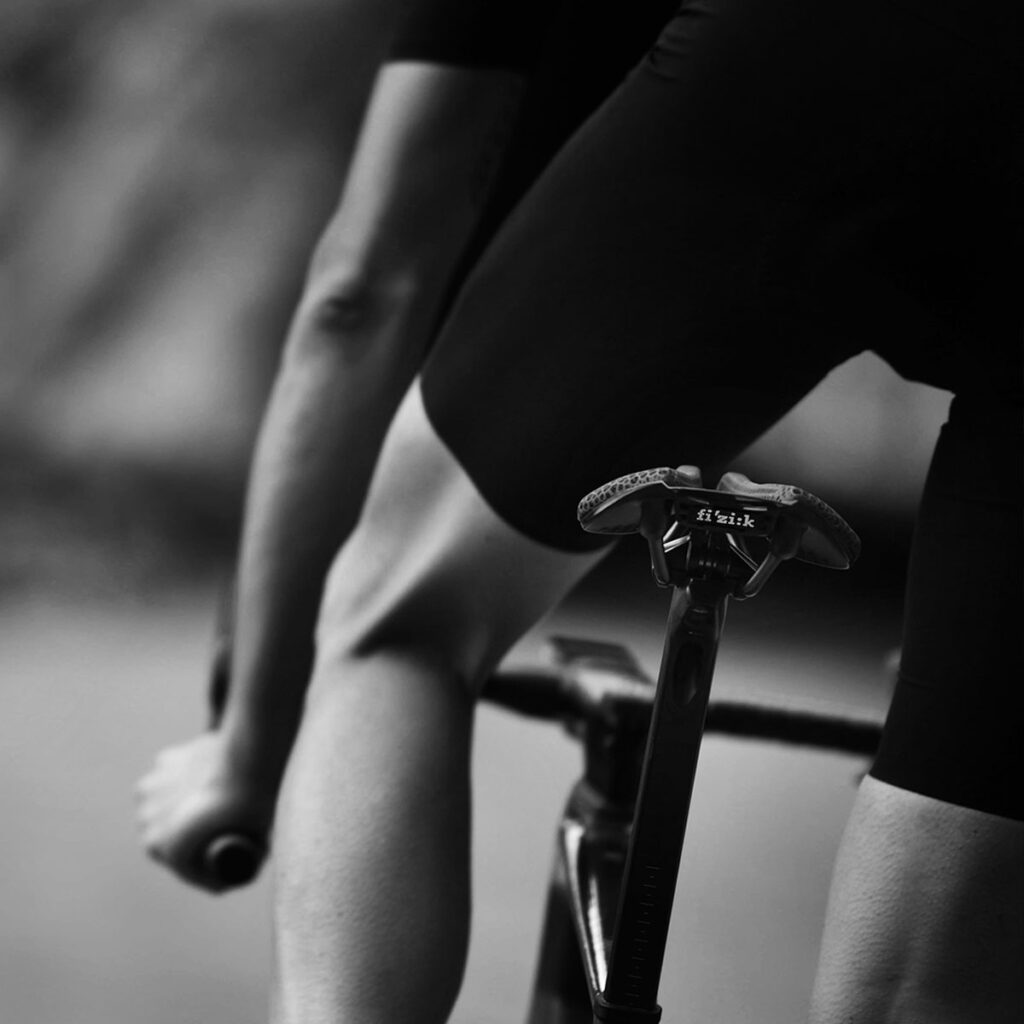
FAQ
Should road saddles have a cut out?
Yes, for many riders, saddles with a cut-out can significantly enhance comfort by reducing pressure on sensitive areas, improving blood flow, and preventing numbness during long rides.
Why do bike seats have cutouts?
Bike seats have cutouts to alleviate pressure on the perineal area, enhance ventilation, and improve overall comfort, especially on longer rides.
Why do bike saddles have holes?
Bike saddles have holes or cut-outs to provide pressure relief on soft tissues, improve blood circulation, and reduce the risk of discomfort and numbness.
What is the correct saddle position on a road bike?
The correct saddle position on a road bike is when the height allows for a slight bend in the knee at the bottom of the pedal stroke, the fore/aft position lets your knee cap align with the pedal spindle when the crank is horizontal, and the tilt is generally level to the ground, ensuring a balance between comfort and efficiency.

